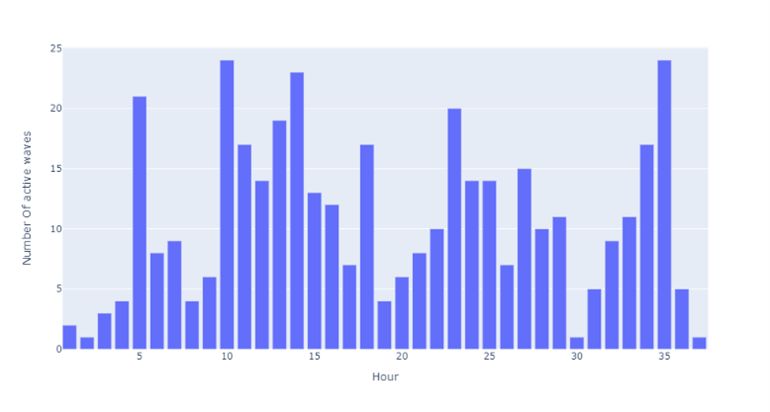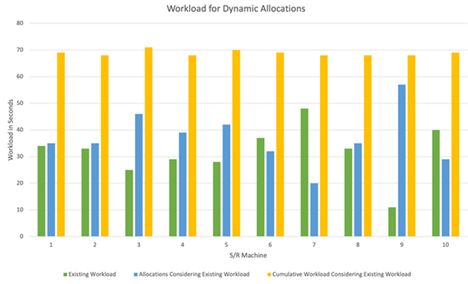-
Global
-
Africa
-
Asia Pacific
-
Europe
-
Latin America
-
Middle East
-
North America
- |
- Partners
- |
-
Currency:Localize your Content
You can set your preferred currency for this account.
Choose a Currency
Currency- CHOOSE YOUR CURRENCY
Update Currency
Changing Currency will cause your current cart to be deleted. Click OK to proceed.
To Keep your current cart, click CLOSE and then save your cart before changing currency.
-
Select Account
Switching accounts will update the product catalog available to you. When switching accounts, your current cart will not move to the new account you select. Your current cart will be available if you log back into this account again.
Account# Account Name City Zip/Post Code CANCELPROCEEDMy Account
-
Support
- View All Productivity Solutions
- Warranties
- Patents
- Global Locations
- Technical Support
- Discontinued Products
- Quality Program and Environmental Compliance
- Return Material Authorization (RMA)
- Legal Documents
- Product Certification
- Software Downloads
- Cyber Security Notifications
- Case Studies and Success Stories
-
Global
-
Africa
-
Asia Pacific
-
Europe
-
Latin America
-
Middle East
-
North America
- |
- Partners
- |
You are browsing the product catalog for
You are viewing the overview and resources for
- News & Events
- Featured stories
- Part 1: Making Warehouses Smarter
Part 1: Making Warehouses Smarter


Part 1: Making Warehouses Smarter
Ranganathan Srinivasan
April 8, 2022
Intelligent Orchestration of AS/RS Operations
The widespread acceptance of e-commerce — coupled with the new norms of same-day, same half-day or even same-hour delivery service — are increasing the pressure to improve the efficiency of warehouse operations. As a result, modern warehouses are introducing autonomous systems within their existing receiving, storage, retrieval and shipping operations.
One of the most effective ways to confront these challenges is to improve order picking and sorting strategies, which have a significant impact on throughput and operational costs. Doing so can be complex, however, especially when operations combine autonomous and manual processes.
Goods-to-person (GTP) stations integrated with automated storage and retrieval systems (AS/RS) are one approach that’s seeing widespread adoption to meet today’s increasing throughput demands. On their own, these systems deliver immediate, and often significant, performance improvements. Yet many distribution and fulfillment (D&F) operations aren’t using them to their full potential.
This article provides an overview of a vendor-agnostic Honeywell Intelligrated software solution that enables warehouses to operate smarter — all day, every day — optimizing throughput with algorithms developed using machine learning and artificial intelligence (AI) to produce significant improvements in order fulfillment rates.
Smart AS/RS Inventory Allocation
The traditional approach to AS/RS inventory allocation uses a strategy known as wave picking or cluster picking, in which the order demands for each SKU are aggregated and released for fulfillment (picking) at GTP stations. Before the release of each wave, containers are selected to meet the aggregated demand, and the retrieval process is initiated for all the containers identified based on the order sequence.
Throughout the day, however, order priorities change and additional orders are received. To keep pace, the next wave of orders is frequently released before the current wave is completed. This “overlapping wave” strategy is commonly used to ensure high levels of equipment operation and productivity within a narrow time frame. Figure 1 shows an example of just how often overlapping waves can occur at a typical Honeywell Intelligrated customer site in a day.


Figure 1: Overlapping waves each hour from a sample customer site
An AS/RS requires precise coordination of hundreds of shuttles, or storage and retrieval (S/R) machines, across numerous aisles, vertical lifts and GTP stations. The overlapping wave strategy introduces real-time dynamics in S/R machine operation that can greatly impact retrieval efficiency. For example, if high-demand items are only stored in one container, bottlenecks can occur when successive waves require the same SKU.
Dynamic needs like these have to be accommodated to make overlapping order fulfillment more efficient. The solution is to enable a container allocation strategy that is also dynamic instead of using a fixed strategy for each wave. Stated more simply: the retrieval of items for new waves must be continuously integrated with the remaining workload from ongoing waves.
Although the advanced inventory allocation strategies that enable this approach make the AS/RS more complex, the dramatic improvements that result are well worth it. Multi-depth storage with adjustable width in each location, for example, creates the additional need to maximize slot cleans (clearing up a storage position) for efficient replenishment. But it also optimizes inventory allocation in up to 40% less space, substantially increasing the capacity of the system.
The latest version of Honeywell Intelligrated’s AS/RS + GTP technology enables you to address key objectives of the fulfillment process, including:
a. Throughput enhancement, made possible by faster retrieval of SKUs and a more balanced workload across S/R machines
b. Real-time, visibility-driven dynamic container allocation, without compromising throughput or workload
c. Increasing the number of cleaned storage spaces to allow replenishments of the same or different SKUs to meet demands created by overlapping wave scenarios, without compromising objectives a and b.
Figure 2 shows an example of the throughput gains that resulted when using this approach with 10 S/R machines operating in parallel.


Figure 2: Example of how dynamic workload allocation drives higher throughput across S/R machines
Make Your Warehouse Smarter With Advanced Automation Software
Whether it’s time to maximize the utilization of your existing resources, introduce new robotics or warehouse automation systems, or add all-new facilities to your fulfillment network, Honeywell Intelligrated warehouse automation software gives you a strong foundation for continuous growth that’s designed specifically to help you tackle the challenges of today’s unprecedented e-commerce pressures. To learn more about our advanced warehouse management and execution software for modern fulfillment operations, watch for part 2 of this series or visit our software page.
To subscribe to the Honeywell Intelligrated blog and get exclusive communications and updates, click here.
Let's Connect!
Sign up to receive exclusive communications from Honeywell including product updates, technical information, new offerings, events and news, surveys, special offers, and related topics via telephone, email, and other forms of electronic communication.
Copyright © 2025 Honeywell International Inc
Maximum File Size
Maximum Files Exceeded
Due to inactivity you will be logged out in 000 seconds.
Maximum File Size
Maximum Files Exceeded
You cannot access this page as this product is not available in your country.

